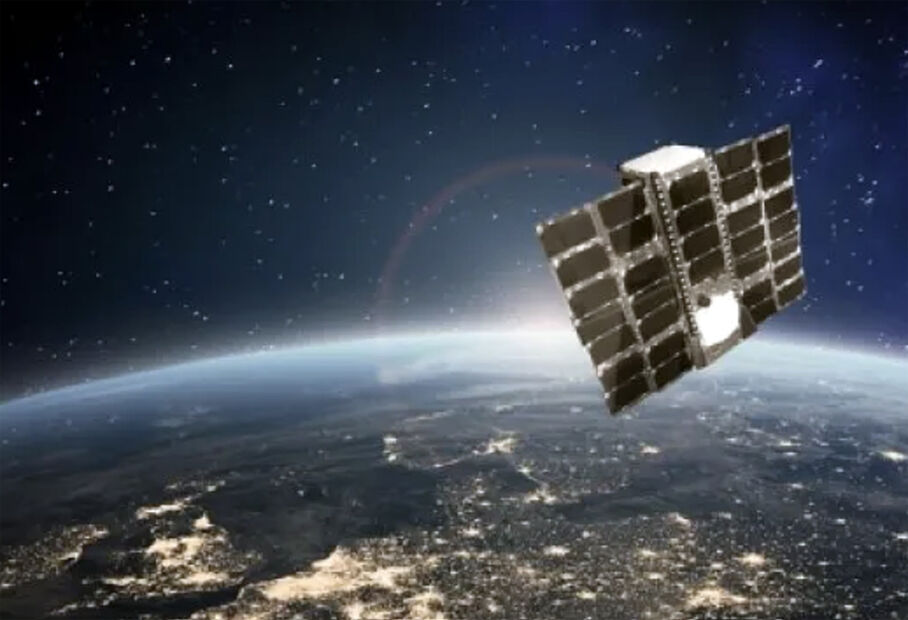Sateliot partners AWS on 5G satellite network
- September 28, 2022
- William Payne

Sateliot, a satellite telecommunications operator, is working with Amazon Web Services (AWS) to build a cloud native 5G service to provide narrowband IoT (NB-IoT) connectivity over non-terrestrial network using its Low Earth Orbit (LEO) satellite constellation.
The company’s LEO satellites act as cell towers from space, providing global cellular outdoor coverage for unmodified standard NB-IoT devices.
Using AWS, Sateliot has built a fully-virtualised cloud-native 5G core for NB-IoT with Magma, a project run by The Linux Foundation that aims to provide flexible, low-cost, and scalable broadband solutions to support rural Internet access needs. 5G allows Sateliot’s customers to attach an unmodified commercial 3GPP r.17 compliant device to the Sateliot network, providing capability for both MO (send a message from device to the internet) and MT (receive a message from internet to an unmodified commercial device).
Customers continue using the same commercial RF module or device and SIM that they currently use to switch between their terrestrial network and Sateliot’s satellite constellation, without any additional hardware cost.
5G based connectivity for narrowband IoT over satellite is expected to be a key enabler for massive universal IoT adoption across the world as it allows IoT service providers to connect directly to satellite networks using inexpensive RF modules compared to expensive current solutions.
Sateliot planned series of launches for its satellite constellation begin in Q1 2023 including a commercial launch in the second half of 2023.
Based in San Diego and Barcelona, Sateliot is a satellite telecoms operator providing continuous connectivity for IoT, including logistics, smart-agriculture, connected cars, under the 5G protocol. The company operates a constellation of last generation nanosatellites, located at low altitude that act as mobile towers. Sateliot can complement larger telecommunications companies by providing them with the necessary infrastructure where terrestrial technologies do not reach.




